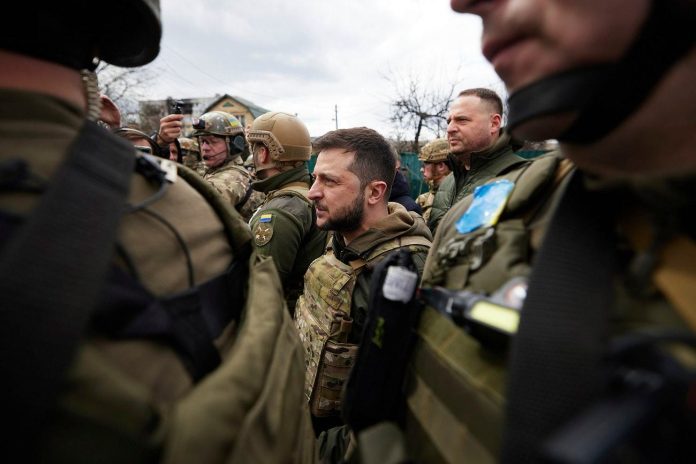
“Is holding a city worth losing an army?” For centuries, that question has haunted military planners, and today it hangs over Pokrovsk, a battered Ukrainian stronghold in the Donbas. The city has endured nearly two years of relentless Russian assaults its streets have been reduced to rubble, and its defenders are stretched to breaking point.
But Pokrovsk is more than a dot on a map it is also a logistical hub, a coal-mining center and part of Ukraine’s fortified “belt of strongholds” that has slowed Russia’s advance since 2014. Whatever happens to it will shape not only the battlefield in eastern Ukraine but also the political, economic and technological dimensions of the war. From drone innovations to economic strain, the fight for Pokrovsk offers a revealing lens on how both sides are adapting and what may come next.
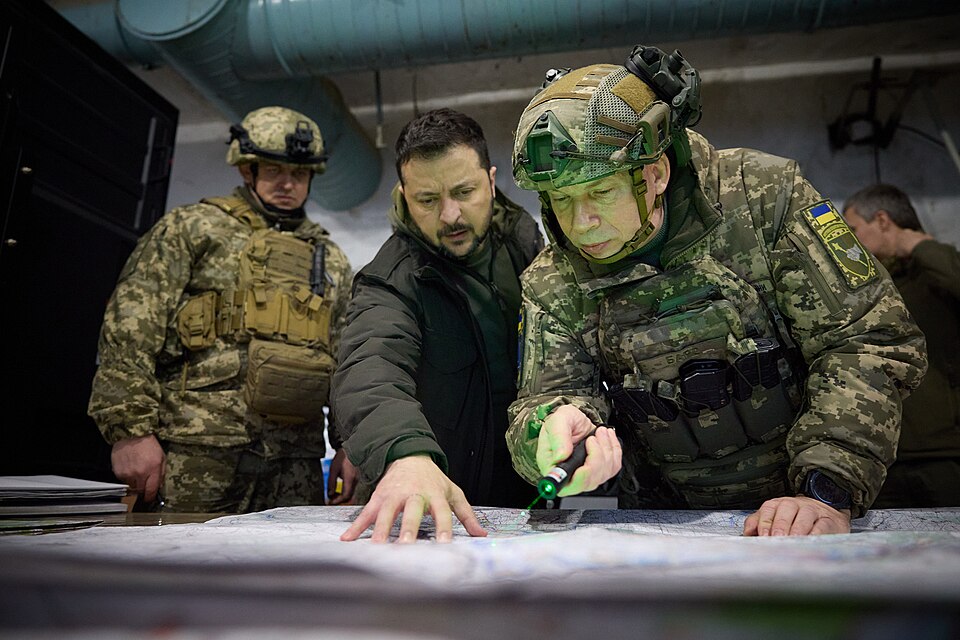
1. Pokrovsk’s Strategic Position in the Donbas
Pokrovsk is at the junction of main highways and railroads that connect east Ukraine’s fortress belt with supply lines running toward the Dnipro region. Before the war, it had 60,000 residents and Ukraine’s only coking coal mine, essential to steel production. Today, much of the city is deserted, but its location makes it a prize that Moscow covets If Russia captures Pokrovsk, it gets a launching point for a westward thrust that imperils Sloviansk, Kramatorsk and Druzhkivka cities that anchor Ukraine’s industrial heartland.
Analysts say losing Pokrovsk would sever one of Ukraine’s last strong lines of defense in front of these industrial centers. “Pokrovsk is not just another city,” one battlefield commander told Foreign Affairs. “It’s a logistical and strategic hub that connects multiple directions across the Donetsk front.”

2. Urban warfare and the ‘Layer Cake’ battlefield
The fighting inside Pokrovsk contravenes the very meaning of the front line-a layer cake of passages, spots under fire, our and enemy positions, Ukrainian serviceman Kirill Sazonov said. Combat here unfolds floor by floor, basement by basement, without clear sectors falling under somebody’s exclusive control. Russian troops, very often on foot, seize some high-rise building or some industrial facility in small groups and immediately force Ukrainian defenders into close combat.
This urban landscape blunts the otherwise effective Ukrainian drones across open fields, though less so within dense structures. It also conceals the Russian forces from aerial reconnaissance, hence making supply lines harder to protect and counterattacks more complex.
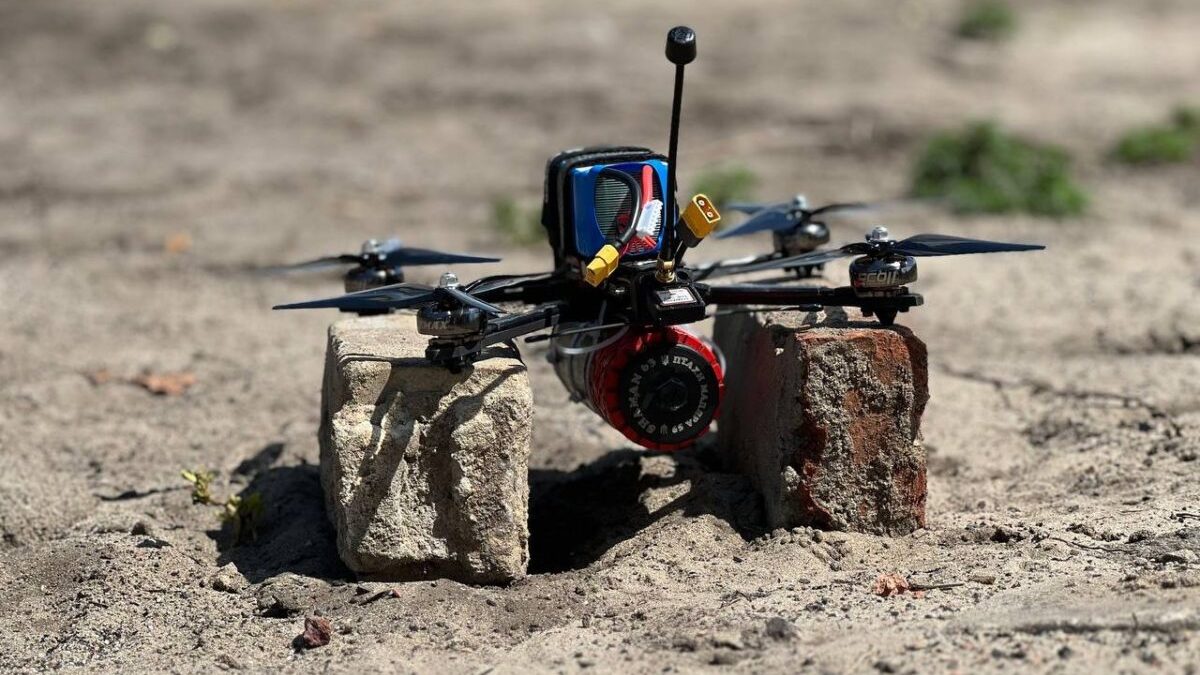
3. How Russian Drones Are Changing the Battlefield
The nature of the fighting for Pokrovsk has changed dramatically with Russia’s adoption of advanced UAV tactics. FPV drones, loitering munitions, and fiber optic–controlled UAVs now hit Ukrainian ground lines of communication far deeper in the rear than before. Ukrainian officials say highways like the T0514 and T0515 are under near-constant drone fire, forcing supplies to be carried on foot for kilometers.
Powered by advanced navigation algorithms, these drones are resistant to electronic warfare and strike with precision against both vehicles and personnel, even going into “sleeper” modes where they may ambush a target days after a command was issued. The result is a persistent threat which complicates troop rotation, evacuations, and resupply, thus eroding Ukraine’s defensive flexibility.

4. Glide Bombs Extending Russia’s Reach
The Russians have fitted KABs with UMPK modules, allowing them to strike out to 200 kilometers. These bombs also carry two to three times more explosive than Shahed drones and thus are harder to intercept because of their speed and low thermal signature. Ukrainian President Volodymyr Zelenskyy reported 1,370 KABs launched in a single week in October 2025 alone.
The weapons continue to strike far from the front lines-places like Poltava and Odesa-keeping Russian aircraft outside the range of Ukrainian air defenses while causing huge damage to infrastructure. Low accuracy increases civilian risk, but low cost relative to missiles makes them an increasingly large part of Russia’s arsenal.

5. Attrition and the Human Resource Dilemma
The defense of Pokrovsk has drained Ukrainian manpower units from the 25th, 7th, and 68th brigades are extended, shuttling meager reserves between threatened positions. Costly for Moscow, Russian attacks arrive relentless – sometimes 220 in three days. As French journalist Sébastien Gobert noted, the battle tests whether Ukraine will save its troops or hold the city to cause maximum losses. While Ukraine mobilizes several thousand soldiers each month, Russia recruits several thousands more, despite the staggering casualties-a daunting question in long-term sustainability for Kyiv’s defense in case similar battles erupt across the fortress belt.
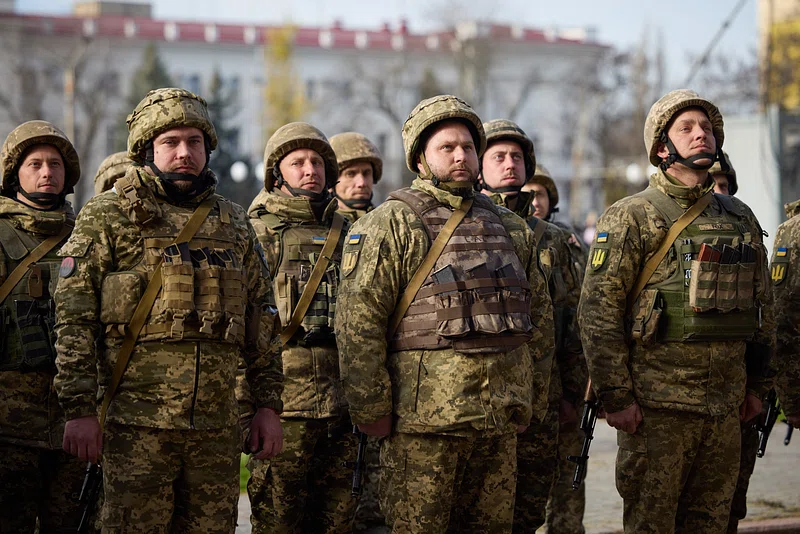
6. Economic Stakes of Pokrovsk’s Fall
The coal mining of Pokrovsk and its Soviet-era plants once fed Ukraine’s metallurgical industry. Losing them could bolster Moscow’s effort to militarize the economy of Donbas, converting industrial sites into arms-production hubs. Pavel Lisyansky of the Strategic Research and Security Institute warns that Russia wants to turn the region into “a huge military base to frighten Europe.” Control of Pokrovsk also secures the transport corridors crucial for the movement of goods and troops. For Ukraine, the economic blow would come in addition to the logistical and strategic losses, further straining a war economy already under pressure.

7. Impact on Peace Negotiations
For the Kremlin, the fall of Pokrovsk would be a sign that the front line is unstable – and thus undermines Washington’s push for a cease-fire along current positions. According to Volodymyr Fesenko of the Penta think tank, it would confirm Moscow’s belief that Ukraine must cede more territory unilaterally. With US-brokered talks stuck and new Russian preconditions, from neutrality to the lifting of sanctions, the possible fall of Pokrovsk might delay negotiations for several months. The morale of Ukrainians may remain intact, however. As Fesenko says, “This isn’t the first town in Donbas Ukrainian forces have to leave.” The political symbolism, though, would be a propaganda victory for Moscow.
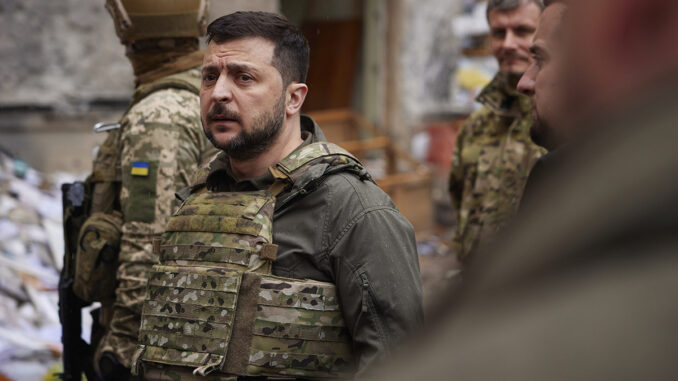
8. Limits and Adaptations of Russia’s War Economy
Despite the increase in weapons production and drone manufacturing, the Russian defense industry works at full capacity and under fiscal stress, labor shortages, and technological isolation. Much of the gear is refurbished rather than new sanctions forced costly substitutions. Dependence on Chinese components gives Beijing leverage over Moscow. Internal rivalries between proponents of small, agile defense firms and advocates of Soviet-style giants could slow innovation. These constraints suggest that Russia can sustain current operations, but rebuilding for larger campaigns will be slow and costly-a vulnerability Ukraine’s allies could exploit.
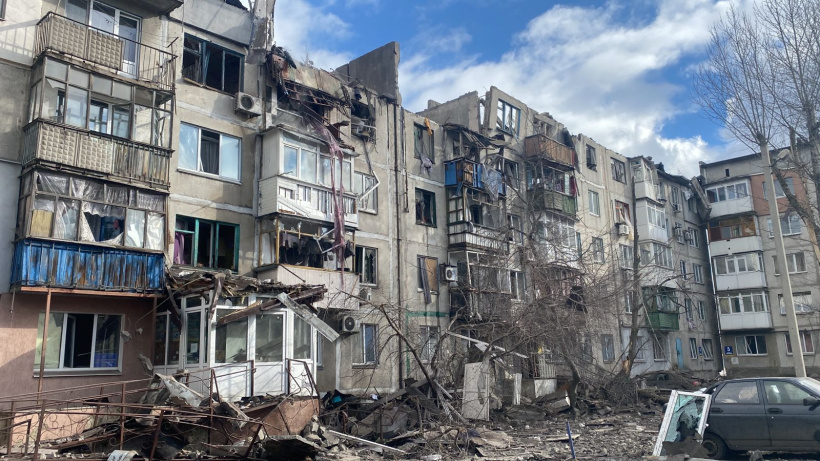
9. Lessons to Future Battles
Pokrovsk shows how urban terrain, technological adaptation, and economic resilience interact in modern warfare. The integration of drones into combined-arms tactics by Russia, the use of long-range glide bombs, and the ability to sustain high-tempo assaults despite losses all show a capacity to innovate under pressure. For Ukraine, it’s the challenge of countering these innovations while managing scarce human and material resources. The battle’s outcome will inform strategies for defending other fortress belt cities, whether commanders choose to hold or withdraw, and adapting to the evolving threat.
Pokrovsk’s fate is not yet certain, but the battle has already outlined the contours of the next phase in the war between Ukraine and Russia. Contested is not just territory, but also adaptation tactics, technology, and economic endurance. For defense analysts and policymakers, the city’s fight holds urgent lessons to be learned the keys to modern conflict lie in disrupting logistics, leveraging innovation, and living within one’s means. The decisions made here will resound well beyond the ruins of Pokrovsk.
